The AMD Radeon RX 5500 XT Review, Feat. Sapphire Pulse: Navi For 1080p
by Ryan Smith on December 12, 2019 9:00 AM ESTMeet the Sapphire Pulse Radeon RX 5500 XT
As I mentioned earlier in the article, while AMD does have a reference card, they aren’t going to be releasing it to retail. So instead, today’s launch is all about partner cards. To that end, AMD has sampled us with both the 8GB and 4GB versions of Sapphire’s Pulse RX 5500 XT. Sapphire’s card is a pretty good example of what to expect for basic (at-MSRP) RX 5500 XT cards, offering a solid build quality, but otherwise being pretty close to reference specifications.
| Radeon RX 5500 XT Card Comparison | ||||
| Radeon RX 5500 XT (Reference Specification) |
Sapphire Pulse RX 5500 XT (Default/Perf Mode) |
|||
| Base Clock | 1607MHz | 1607MHz | ||
| Game Clock | 1717MHz | 1737MHz | ||
| Boost Clock | 1845MHz | 1845MHz | ||
| Memory Clock | 14Gbps GDDR6 | 14Gbps GDDR6 | ||
| VRAM | 8GB | 8GB | ||
| GPU Power Limit | 120W | 135W | ||
| Length | N/A | 9.15-inches | ||
| Width | N/A | 2-Slot | ||
| Cooler Type | N/A | Open Air, Dual Fan | ||
| Price | $199 | $209 | ||
Sapphire has several sub-brands of cards, including the Nitro and the Pulse. Whereas the former are their higher-priced factory overclocked cards, the Pulse cards are more straightforward. For their RX 5500 XT cards, Sapphire does ship them with a higher than reference GPU power limit – leading to a 20MHz higher game clock rating – but the actual GPU base and boost clockspeeds remain unchanged. This goes for both the 4GB and 8GB cards, which aside from their memory capacities are identical in both build and specifications.
At a high level, the Sapphire Pulse RX 5500 XT is a pretty typical design for a 150 Watt(ish) card. Sapphire has gone with a dual slot, dual fan open air cooled design, which is more than enough to keep up with Navi 14.
In fact, once we break out the rulers and really dig into the Sapphire Pulse, it becomes increasingly clear that Sapphire may have very well overbuilt the card. The card’s cooling system and shroud is longer than the PCB itself – it’s the board that’s bolted to the cooler, and not the other way around. Similarly, Sapphire has gone for a taller than normal design as well, allowing them to fit a larger heatsink and fans than we’d otherwise see with cards that are built exactly to PCIe spec. The resulting card is quite sizable, measuring about 9.15-inches long, and 4.25-inches from the bottom of the PCB to the top of the shroud.
The payoff for this oversized design is that Sapphire can use larger, lower RPM fans to minimize the fan noise. The Pulse 5500 XT packs 2 95mm fans, which in our testing never got past 1100 RPM. And even then, the card supports zero fan speed idle, so the fans aren’t even on until the card is running a real workload and starts warming up. The net result is that the already quiet card is completely silent when it’s idling.
Meanwhile beneath the fans is a similarly oversized heatsink, which runs basically the entire length and height of the board. A trio of heatpipes runs from the core to various points on the heatsink, helping to draw heat away from the GPU and thermal pad-attached GDDR6 memory. The fins are arranged horizontally, so the card tends to push air out via its I/O bracket as well as towards the front of a system. The card also comes with a metal backplate – no doubt needed to hold the oversized cooler together – with some venting that allows air to flow through the heatsink and out the back of the card.
Overall, Sapphire offers two BIOSes for the card, which are selectable via a switch on the top. The default BIOS is Sapphire’s performance BIOS, which has the GPU power limit increased to 135 Watts. As we’ll see in our benchmarks, the net performance impact of this is not very substantial, but it does allow the card to average slightly higher clockspeeds. Meanwhile the second BIOS is rigged for quiet operation, bringing the card back down to a GPU power limit of 120W.
Speaking of power, the card relies on an 8-pin external PCIe power cable as well as PCIe slot power for its electricity needs. From a practical perspective this seems overprovisioned for a card that shouldn’t pass 150W for the entire board – so a 6 pin connector should work just fine here – but with Sapphire’s higher power limit bringing the card right up to that 150W threshold, I’m not surprised to see them playing it safe.
While we're on the subject of PCIe, it’s worth mentioning quickly that while the Sapphire Pulse is physically a PCIe x16 card, electrically it’s only a x8 card. A traditional cost-optimization move for AMD, they have only given the underlying Navi 14 GPU 8 PCIe lanes, so while the card uses a full length x16 connector, it only actually has 8 lanes to work with. This won’t present a performance problem for the card on PCIe 3.0 systems, and better still as Navi offers PCIe 4.0 connectivity, it means those 8 lanes are twice as fast when paired with a PCIe 4.0 host – where coincidentally enough, AMD’s Ryzen processors are the only game in town right now.
Finally for hardware features, for display I/O we’re looking at a pretty typical quad port setup. Sapphire has equipped the card with 3x DisplayPort 1.4 outputs, as well as an HDMI 2.0b output. With daisy chaining or MST splitters, it’s possible to drive up to 5 monitors from the card.
As for software, Sapphire ships their cards with their TriXX monitoring and overclocking software. It’s been some number of years since we’ve last taken a look at TriXX, and while the basic functionality has remained largely unchanged, the most recent iteration of the software comes with a very streamlined and functional UI. Overall as far as overclocking goes, TriXX ultimately just hooks into AMD’s drivers, so while it’s capable, it’s no more capable than AMD’s constantly improving Radeon Software.
The one area where Sapphire is still able to stand apart from AMD, however, is with their TriXX Boost feature. Not to be confused with the somewhat similar Radeon Boost feature in AMD’s drivers, TriXX Boost is Sapphire’s take on resolution scaling. The software combines custom resolution creation with GPU resolution scaling controls, essentially allowing a user to create a lower resolution and engage GPU resolution scaling all in a single go. The basic idea being to make it super easy to create a slightly lower resolution (.e.g. 1632x918) for better performance, and then having the GPU scale it back up to the full resolution of the monitor. The impact on image quality is as expected, and while it’s nothing that can’t technically already be done with AMD’s software, Sapphire has put a nice UI in front of it.


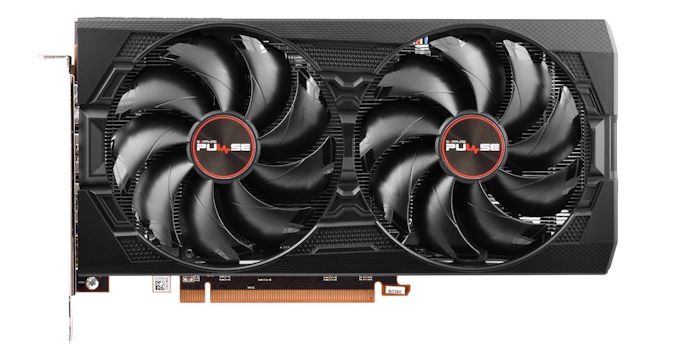
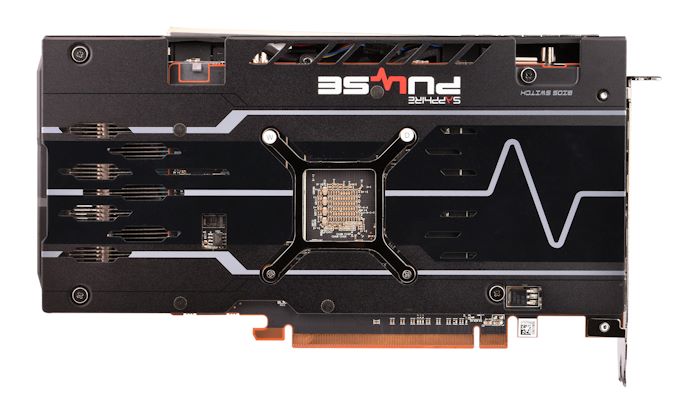
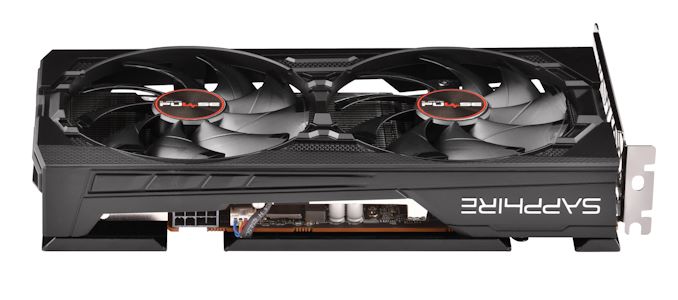
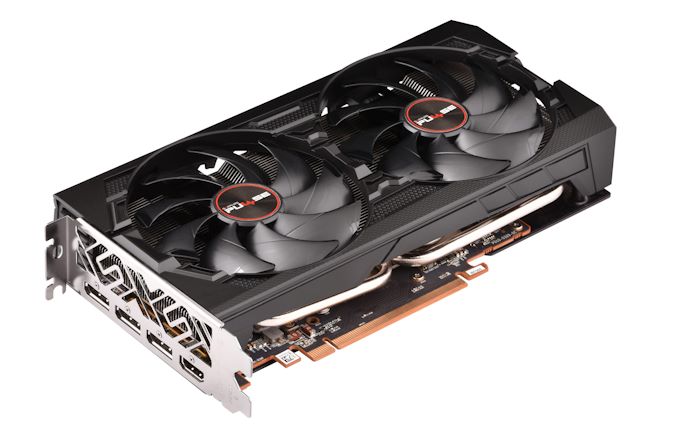
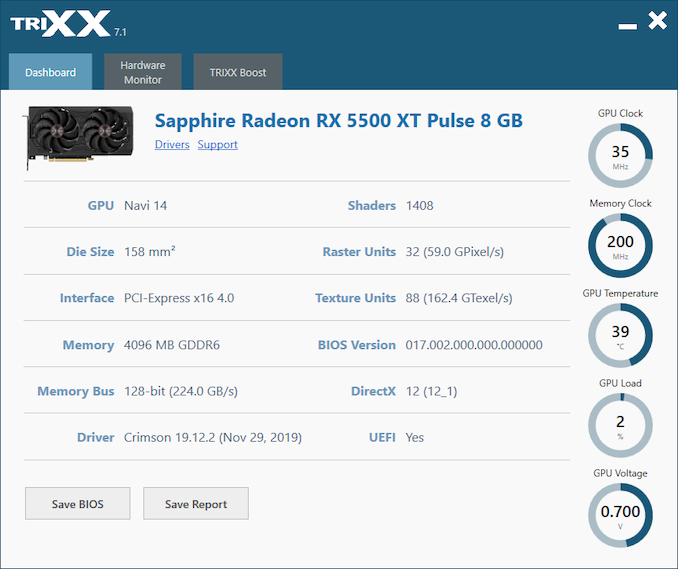
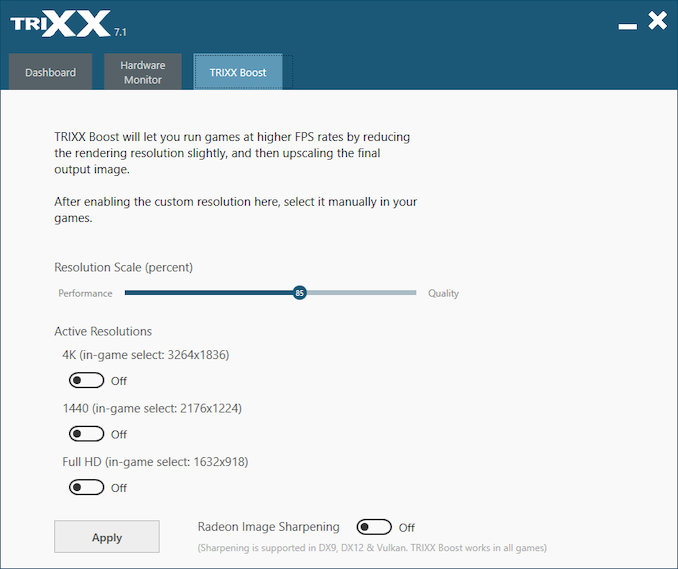








97 Comments
View All Comments
pcgpus - Friday, February 14, 2020 - link
Realy good comparasion of 5500XT and oponents is here:https://warmbit.blogspot.com/2020/01/rx5500xt-vs-g...
Smell This - Thursday, December 12, 2019 - link
{ snicker }
So ...
A cut-down GTX 1660 (TU116 - 284 mm2) with 6GB GDDR5 turns into a GTX 1650 (TU117 - 200 mm2) **Super** TU116 - 284 mm2 with 6GB GDDR6 ??
1) You've been "Played"; and
2) nVidia is going the wrong way.
Good luck with that.
silverblue - Thursday, December 12, 2019 - link
"Compared to AMD’s previous generation Polaris-based RX 500 series cards, the 1080p-focused RX 5500 XT delivers better performance""Competitive performance, meanwhile, is a bit of a trickier subject. As the replacements to the RX 570/580/590 within AMD’s stack, the RX 5500 XT almost always beats AMD’s older cards"
The elephant in the room here is the RX 590, at least in terms of gaming. In most titles, aside of those on page 6 as well as Total War in Ultra at 1080p, there doesn't appear to be enough of a gap between the 580 and 5500 XT to really set the latter apart. If we assume a somewhat standard RX 580 clocked at 1,340MHz/1,411MHz boost, the RX 590 could be 10% faster than this and would most likely beat the 5500 XT in a good number of cases. Additionally, Polaris looks like it has better 99 percentile performance.
drexnx - Thursday, December 12, 2019 - link
the 590 does look like it'll perform better, but it comes at a cost of about 100w more power - for some people this might not be an issue, for others it might be.PeachNCream - Thursday, December 12, 2019 - link
If you're building a new PC from scratch or have a lower wattage PSU in a system that is potentially getting an upgrade and the choise is between the RX 590 and the 5500 XT, the additional money spent on power delivery may tilt the cost versus benefit situation in favor of the 5500 XT. That 100W difference is significant enough to possibly cause that sort of problem.silverblue - Thursday, December 12, 2019 - link
Agreed with both of you.RSAUser - Friday, December 13, 2019 - link
Wattage isn't really an issue, a normal 450W will support the entire system. I'd still take the lower wattage part as less heat in the case so less fan spin.FreckledTrout - Friday, December 13, 2019 - link
A typical white box 300 watt PSU though and then you are left with one choice.HarryVoyager - Thursday, December 12, 2019 - link
Honestly, right now the real elephant are the used 580 8gb cards currently flooding the market. At $100, they're about equivalent to the 5500 XT, and have the 8Gb video memory the author is worried about. At this performance range, it's very hard to recommend someone spend 70-100+ more for pretty much the same real performance.The 5500 XT replaces the 580 at the low end, but doesn't really offer much that seems compelling over it.
I am hoping, however, that AMD can flesh out their competition next year with the Navi 2 cards. I'm seeing this as more of a Zen 1 launch. They're back in the game, and have a competitive foundation, and now they need to get it up to fighting trim.
Kangal - Friday, December 20, 2019 - link
Agreed.I'm excited about RDNA, but not completely sold on the new cards. I think the product lineup is what's most disappointing. For instance, if I wanted a Low Profile card, then I would have to go with Nvidia. If I wanted top performance, again Nvidia. And if I wanted mid-high segment, well Nvidia's New-Super range is quite competitive and then there's the older high-end Pascal cards. And if I wanted a low-mid segment, well now it's competing again with Nvidia's Super cards, older midrange Pascal cards, and now even older AMD Polaris cards.
The product line is very important, as well as marketing/sales, and these are both things that Nvidia absolutely gets right and dominates. After a decent 5 years, the new AMD is adapting, but they're not quite there yet. For instance, remember the launch of Pascal? Nvidia launched a high-end and a slight cut-down version, shortly after they released their mid-range version, then their low-power variants. After a year, they introduced their highest-end version, and make slight tweaks to improve the performance and efficiency of the entire product line. If AMD was able to imitate that, they would've released the RX 5800, and cut-down RX 5700. Then a month later it would be the RX 5600 and RX 5500. Then another month later it would be the RX 5400 (Low Profile) release. Then six months later all the cards would've gotten a slight refresh, maybe tag the "T" suffix at the end. And they would've also released the RX 5900T as their highest-end product.
So do NOT I see RDNA like Zen 1 at all, that was market disruptive, and it forced Intel to compete. Whilst Zen 1.1 put Intel on the backfoot. Eventually Zen 2 annihilated them. If anything, the RX 480 was Zen 1, it kept/forced Nvidia to be competitive with their GTX 1060 cards. The RX 5500XT is basically Zen 1.1, but it's still trying to keep up against Nvidia. For a Zen2-like scenario, AMD's next card needs to cost less, AND, perform much faster, AND, use less power.
I don't see that happening, as Nvidia improves their: architecture, drivers, ray-tracing, and moves unto the 7nm node. So when that happens, AMD is going to be on the backfoot again like they have been for a long time. For AMD to remain competitive they really need to release RDNA2 sooner rather than later, and have the entire product line ready to sell. Let's stay optimistic, and assume that is going to happen with more R&D thanks to the extra revenue AMD receives from: consoles, CPU, servers, and stock market : )